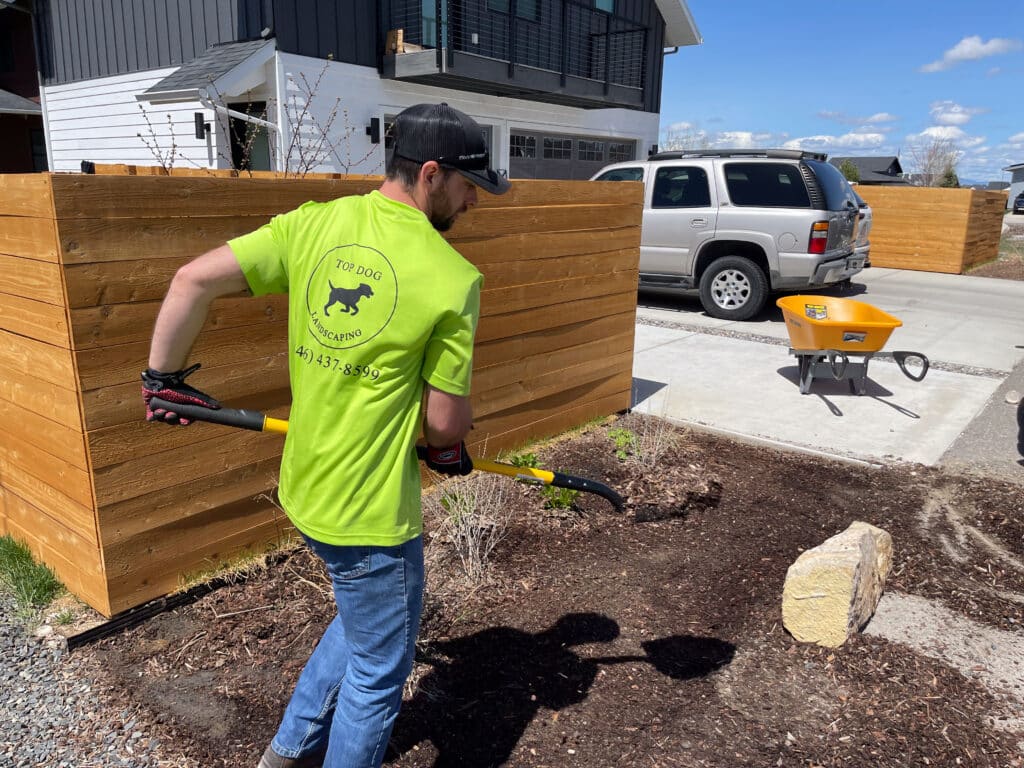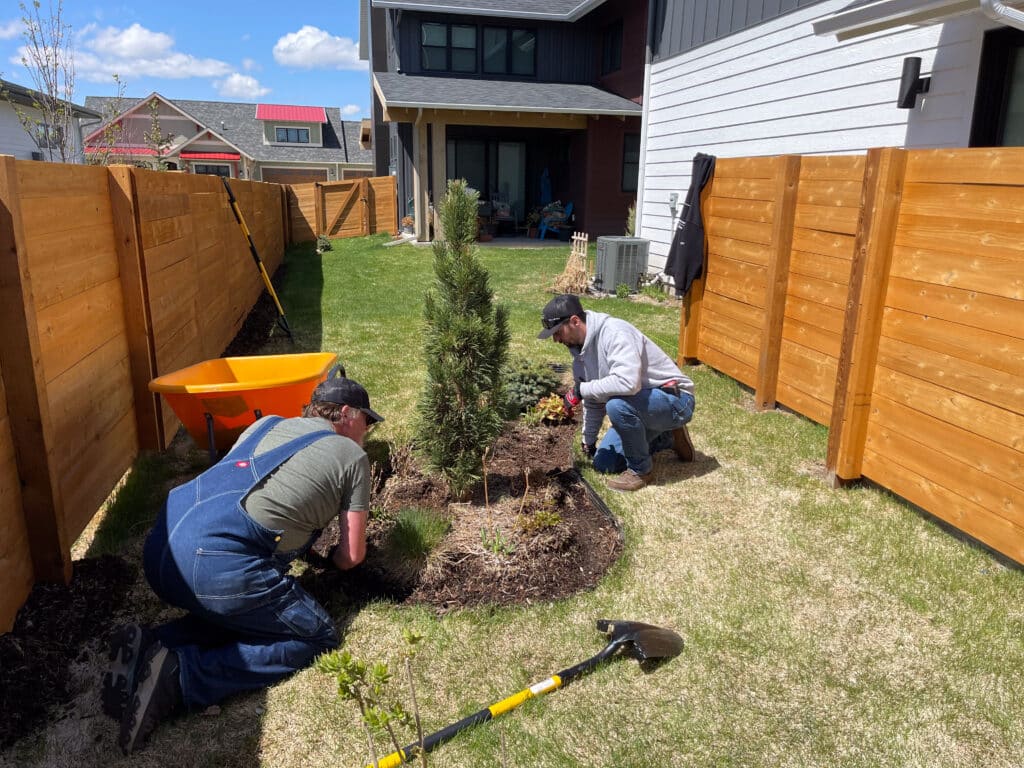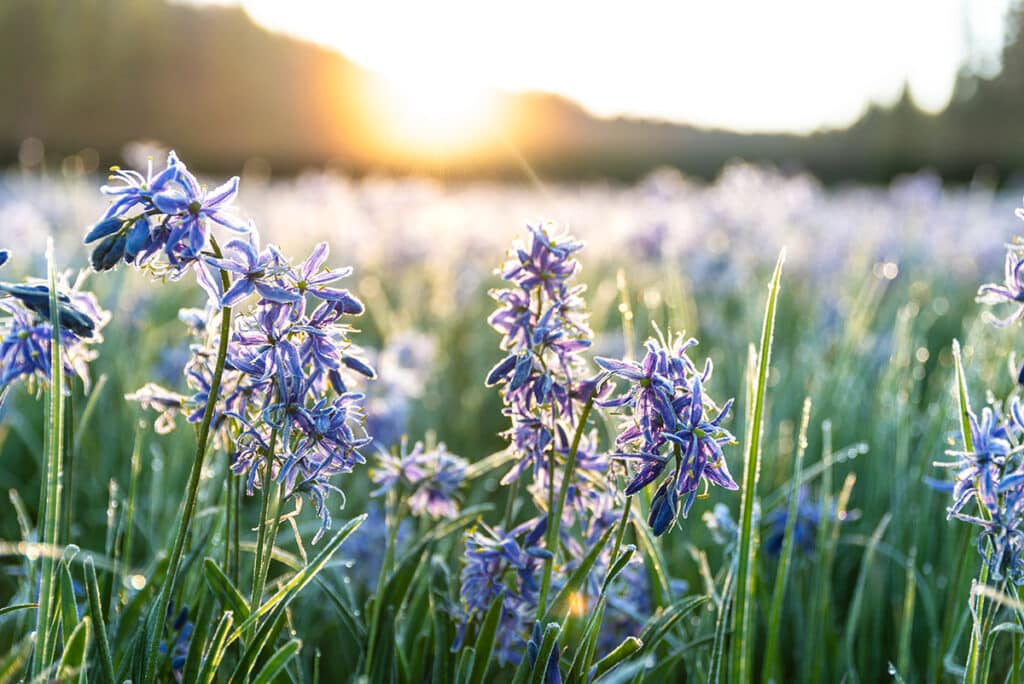Plant trees and shrubs at the same depth as they were in the nursery container to avoid issues with root suffocation.
The best time to plant varies depending on the type of plants you are working with—whether they are trees, shrubs, flowers, or vegetables. Here are general guidelines for the best times to plant different types of plants:
Types of Plants
1. Trees & Shrubs
Fall or Spring: The best time to plant trees and shrubs is often in the fall or early spring when the weather is mild, and the plants can establish their root systems before the stress of summer heat or winter cold.
Specific Timing: In cooler climates, early fall is preferable, while in warmer climates, late fall or early spring may be ideal.

3. Annual Flowers
Spring or Early Summer: Annual flowers are typically planted in the spring or early summer when the danger of frost has passed.
Specific Timing: Planting can be done after the last expected frost date in your area.
4. Vegetables
Spring or Early Fall: Most vegetables are planted in the spring, but some can also be planted in late summer or early fall for a fall harvest.
Specific Timing: Follow the recommended planting dates for your specific region and the type of vegetables you are growing.
5. Lawns and Grass Seed
Fall or Spring: The best time to plant or overseed lawns with grass seed is in the fall or spring.
Specific Timing: Fall is often preferable for cool-season grasses, while spring is suitable for warm-season grasses.
6. Container Plots
Year-Round with Considerations: Container plants can be planted year-round, but it’s essential to consider the specific needs of the plant and adapt care accordingly.
Avoid Extreme Temperatures: Avoid planting in extreme temperatures—either during the hottest part of summer or the coldest part of winter.
Tips for Successful Planting
1. Check Local Climate
Be aware of your local climate and consider frost dates, temperature ranges, and seasonal variations.
2. Soil Preparation
Prepare the soil before planting by amending it with organic matter and ensuring proper drainage.
3. Watering
Water newly planted plants thoroughly and consistently, especially during the establishment period.
4. Mulching
Apply mulch around plants to retain moisture, suppress weeds, and regulate soil temperature.
5. Follow Planting Guidelines
Follow specific planting guidelines for each type of plant, considering factors like depth, spacing, and sunlight requirements.
6. Avoid Stressful Conditions
Minimize planting during extreme weather conditions, such as extreme heat or drought.
Final Thoughts
Remember that these are general guidelines, and specific recommendations may vary based on your local climate and the specific needs of the plants you are working with. Always refer to plant-specific guidelines and local gardening recommendations for the most accurate information.



